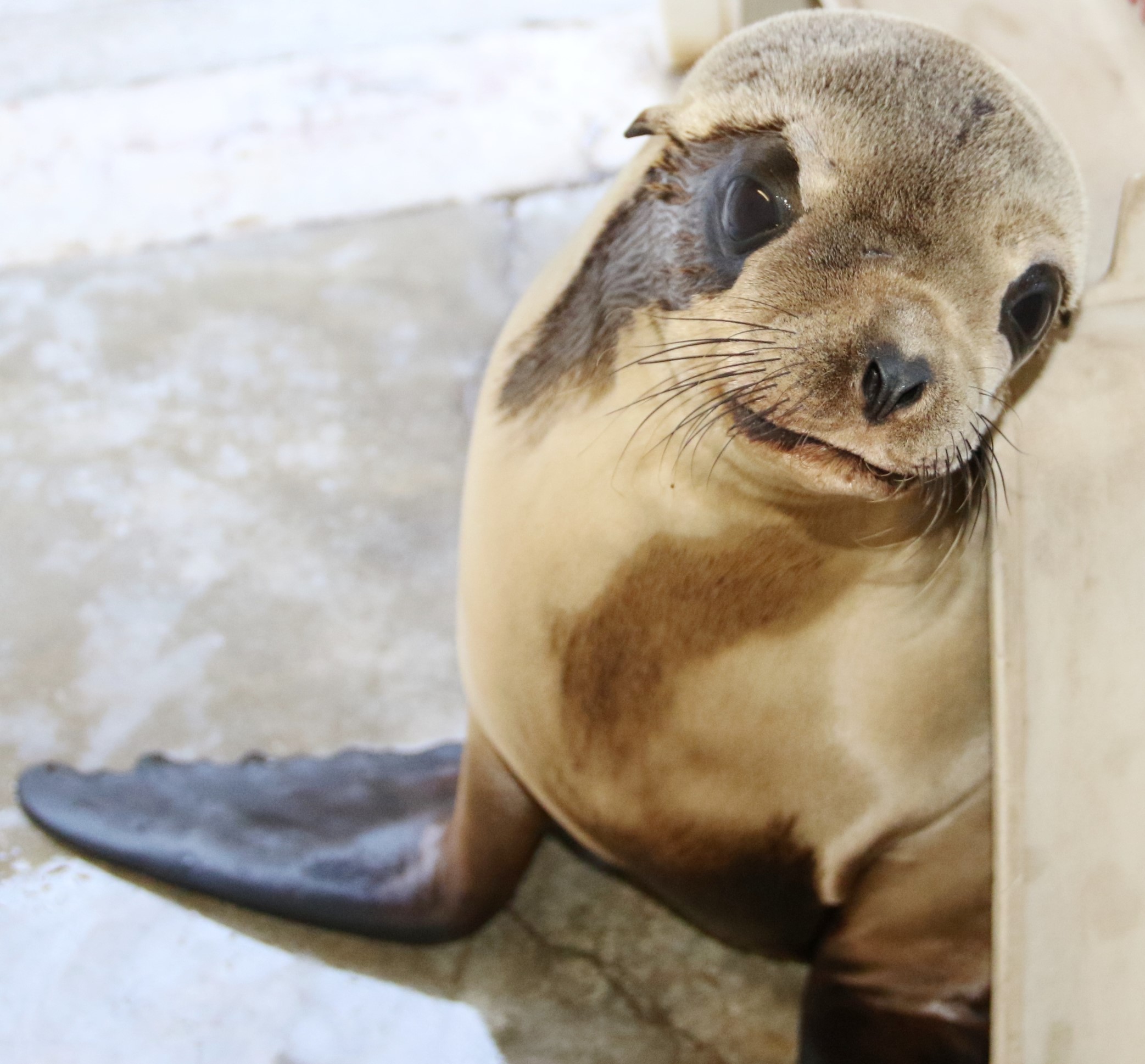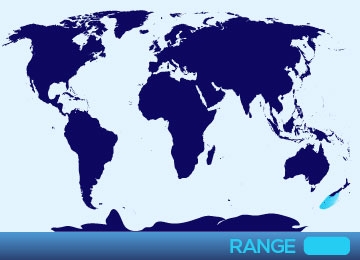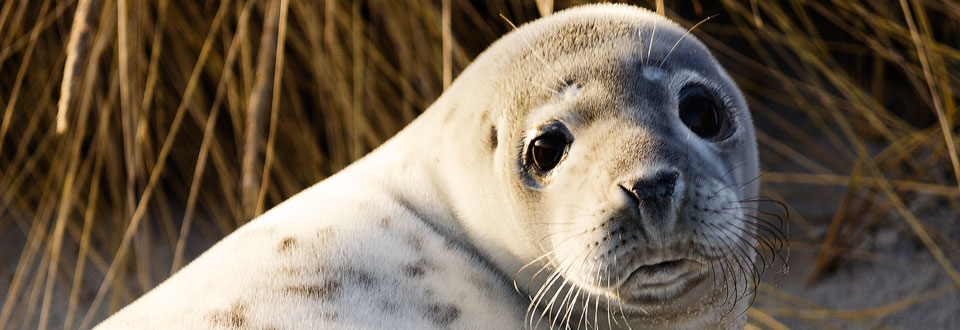
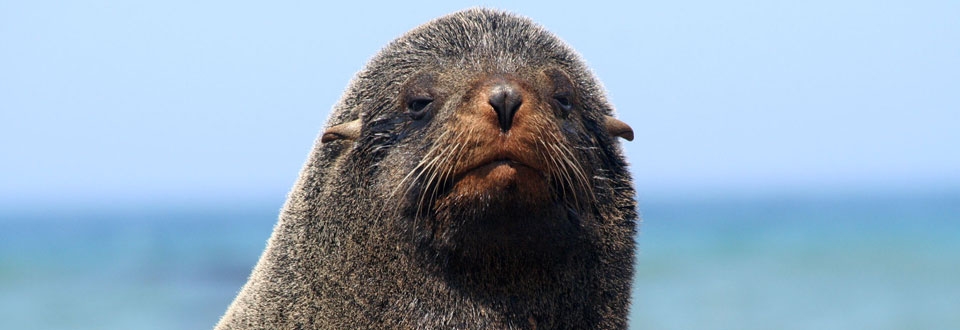
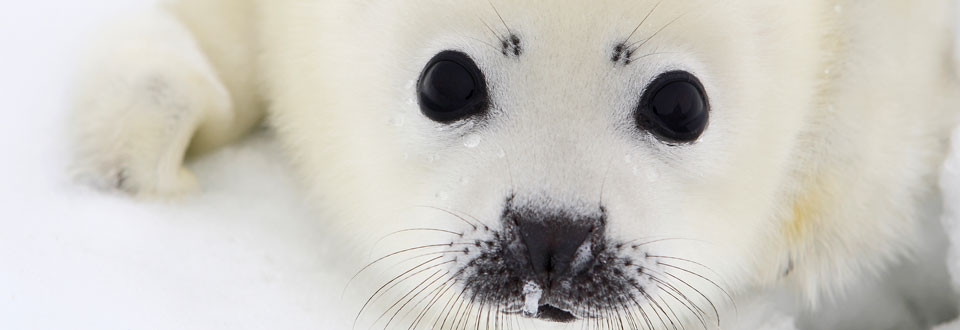
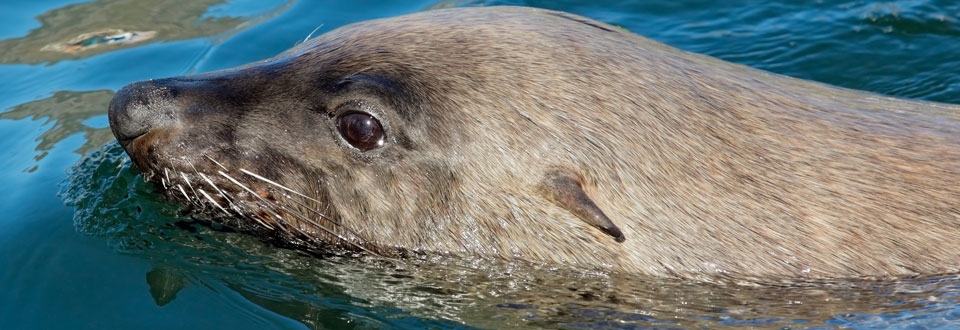
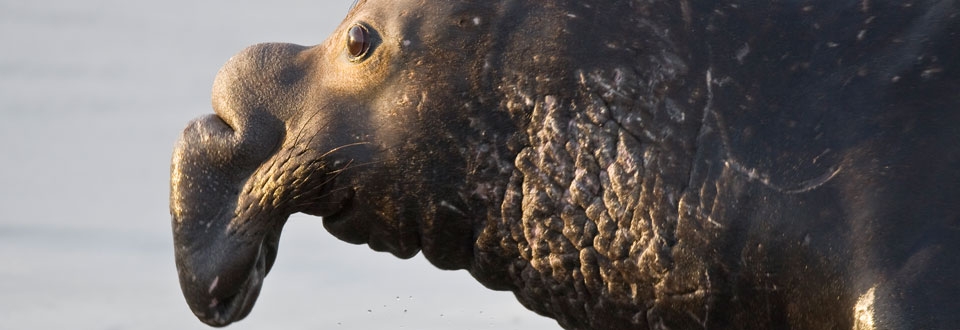
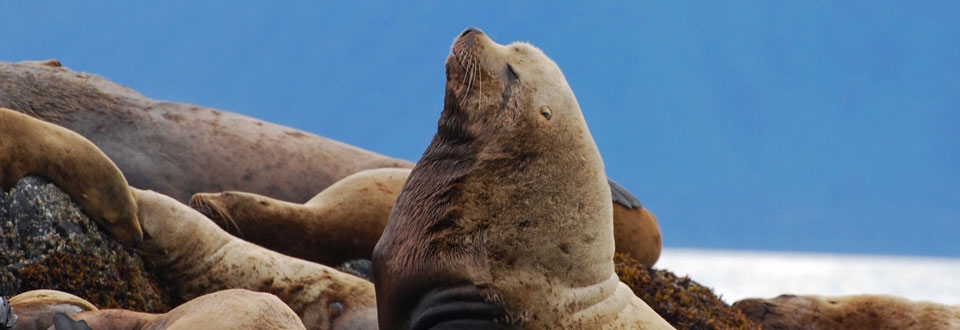
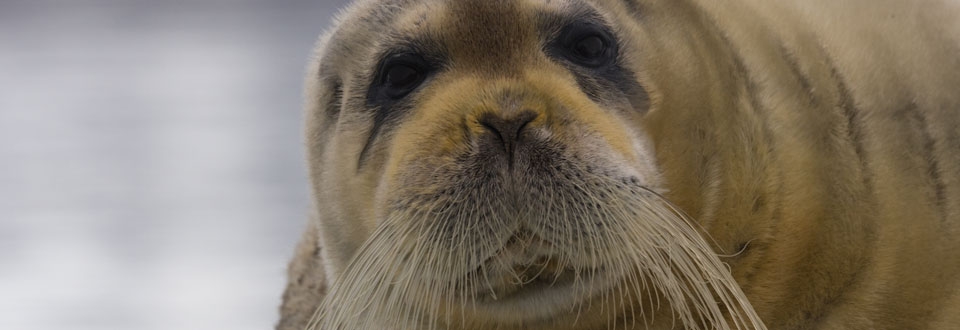
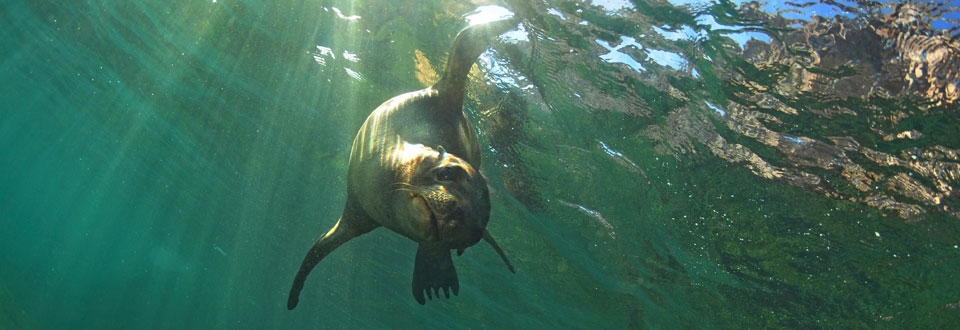
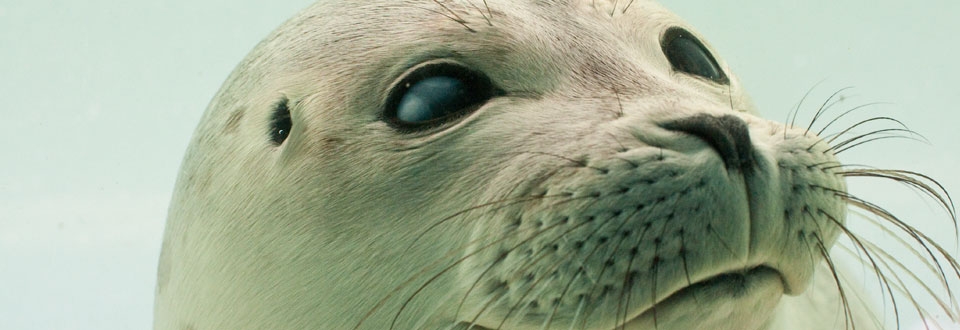
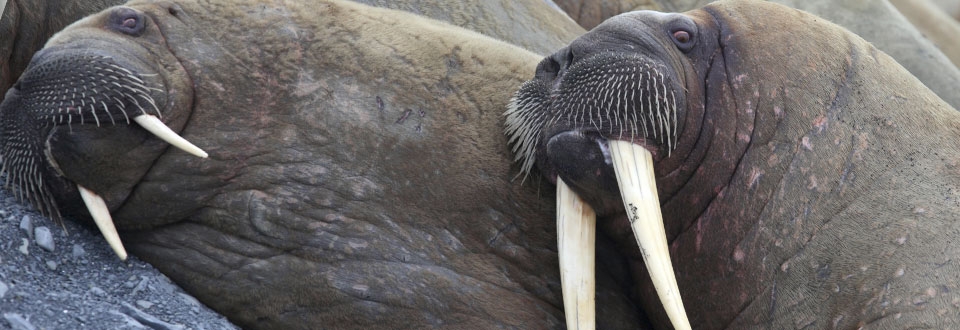
Pinniped Species
All
x
- – No known individuals remaining.
- – Known only to survive in captivity, or as a naturalized population outside its historic range.
- – Extremely high risk of extinction in the wild.
- – High risk of extinction in the wild.
- – High risk of endangerment in the wild.
- – Likely to become endangered in the near future.
- – Lowest risk. Does not qualify for a higher risk category. Widespread and abundant taxa are included in this category.
- – Not enough data to make an assessment of its risk of extinction.
- – Has not yet been evaluated against the criteria.
New Zealand Sea Lion
- – No known individuals remaining.
- – Known only to survive in captivity, or as a naturalized population outside its historic range.
- – Extremely high risk of extinction in the wild.
- – High risk of extinction in the wild.
- – High risk of endangerment in the wild.
- – Likely to become endangered in the near future.
- – Lowest risk. Does not qualify for a higher risk category. Widespread and abundant taxa are included in this category.
- – Not enough data to make an assessment of its risk of extinction.
- – Has not yet been evaluated against the criteria.
Male: 8-11.5 ft
Female: 5-6.5 ft
Male: 440-880 lbs
Female: 220-350 lbs
The New Zealand sea lion inhabits sandy beaches of Southern New Zealand. Breeding occurs near the Auckland Islands and Campbell Islands south of the mainland of New Zealand. During mating season between November and January there is little migration. After January, these sea lions may migrate up to 100 miles away from the breeding islands to find food.
Male New Zealand sea lions range in color from dark brown to black. Females are a much lighter shade of grey or yellow. New Zealand sea lions can be distinguished from other sea lion species because their heads are relatively shorter in length.
Their main food source is the Arrow squid. They also eat red cod, opal fish, octopus and shark.
Many New Zealand sea lions like to stay on the sandy shores of Southern New Zealand and only dive to depths of 650 feet to find food.
The mating season of this species lasts for only a few months and occurs during the Southeastern Hemisphere’s summer. Males start to claim their territory on the mating islands in November, the females join them in December and the breeding season ends in January. Females reach sexual maturity between three to six years of age, and males between eight and nine.
They are listed as critical and/or vulnerable.
Their diet consists mainly of Arrow squid, which is also fished for by humans. As a result New Zealand sea lions can get caught in fishing nets. The New Zealand government has stepped in and put a limit on the number of sea lions that can be accidentally caught by fishermen, and if a fishing company surpasses the limit, they must shut down until the next fishing season.
The Red-Billed gull may be found sitting on the backs of New Zealand sea lions, picking bugs off of them.
To cite this page: Ferland, D. 2013. "Phocarctos hookeri" (On-line), Animal Diversity Web. Accessed November 30, 2013 at http://animaldiversity.ummz.umich.edu/accounts/Phocarctos_hookeri/




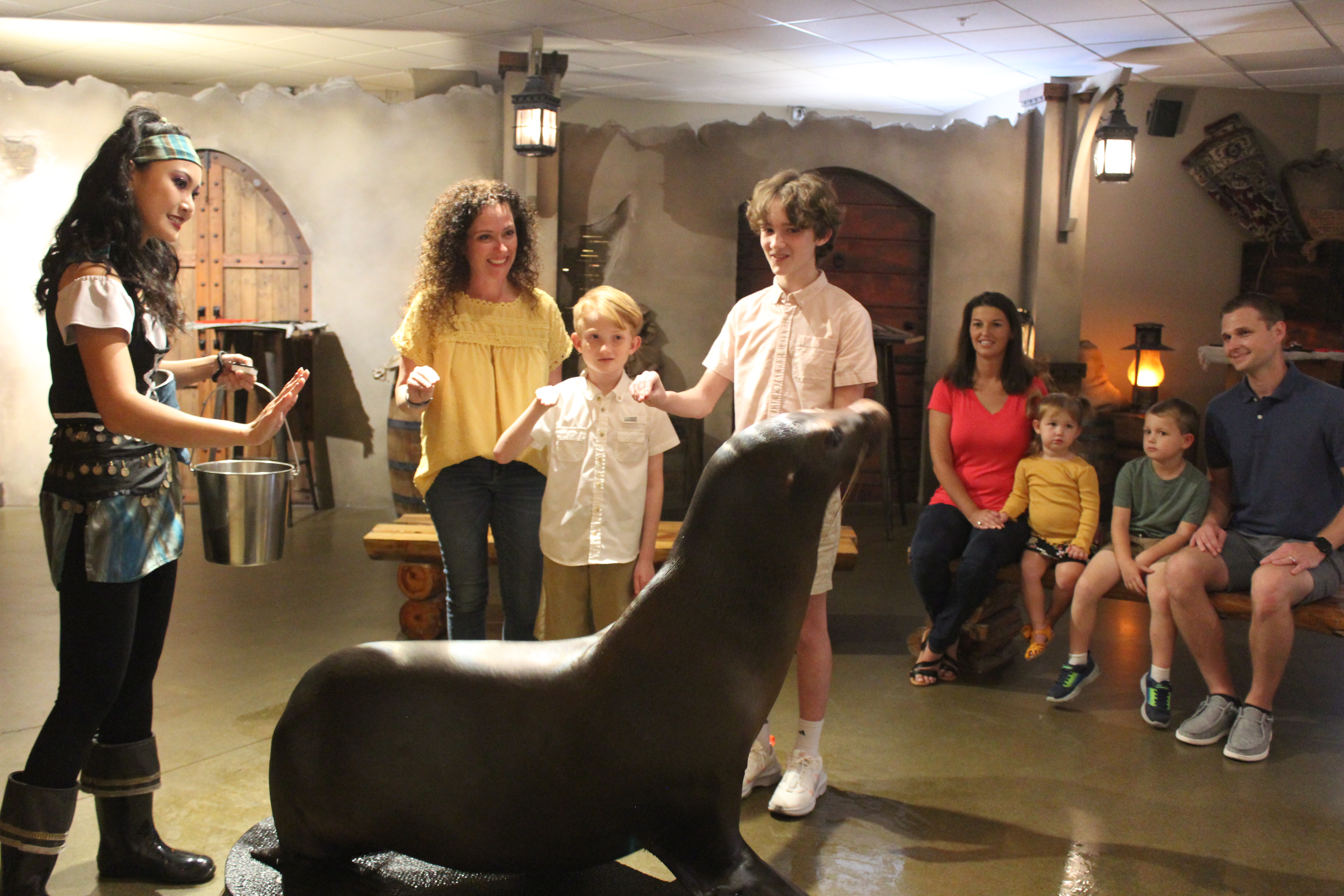 Animal Encounter
Animal Encounter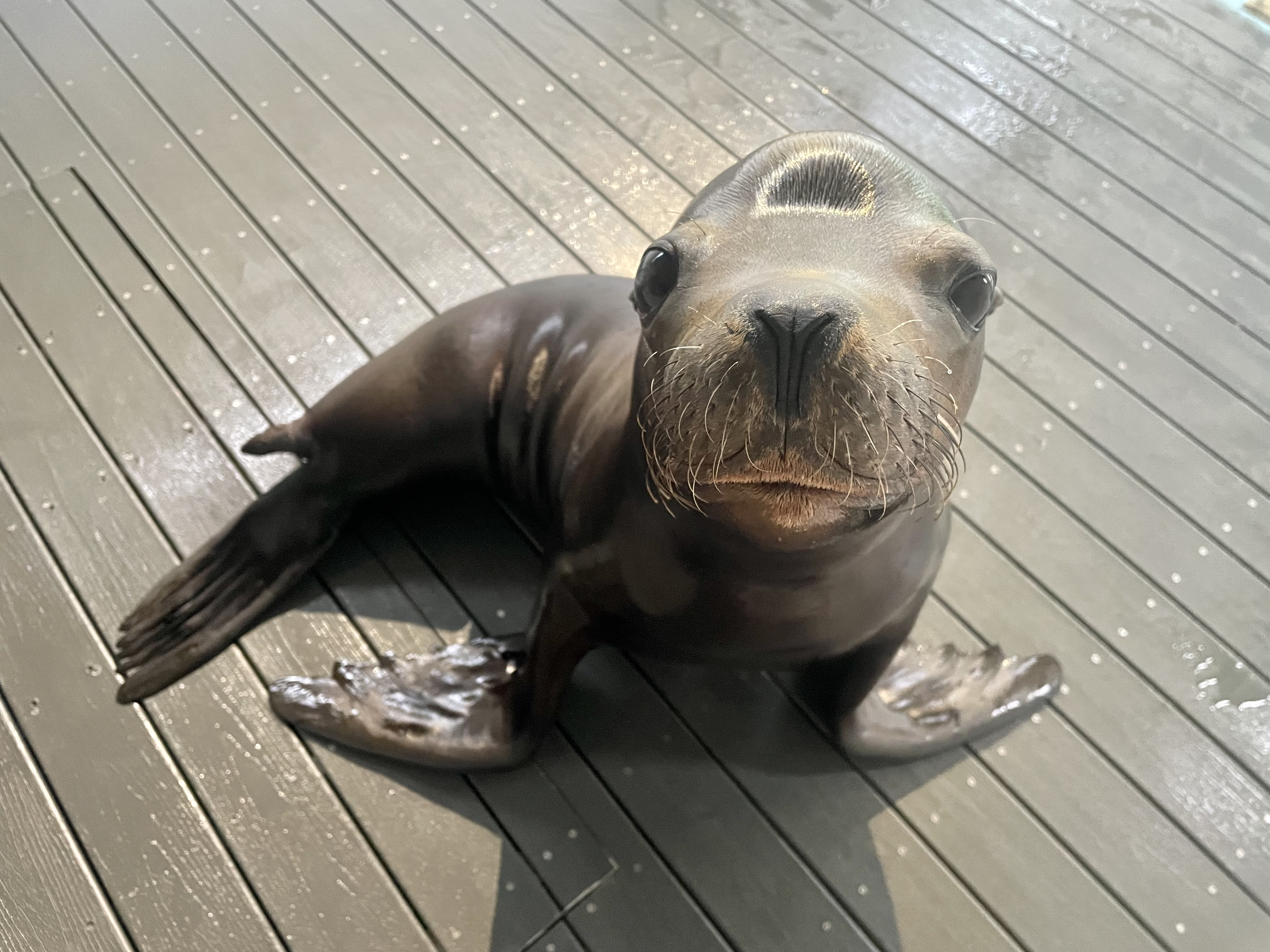 Our Locations
Our Locations
 Family Fun
Family Fun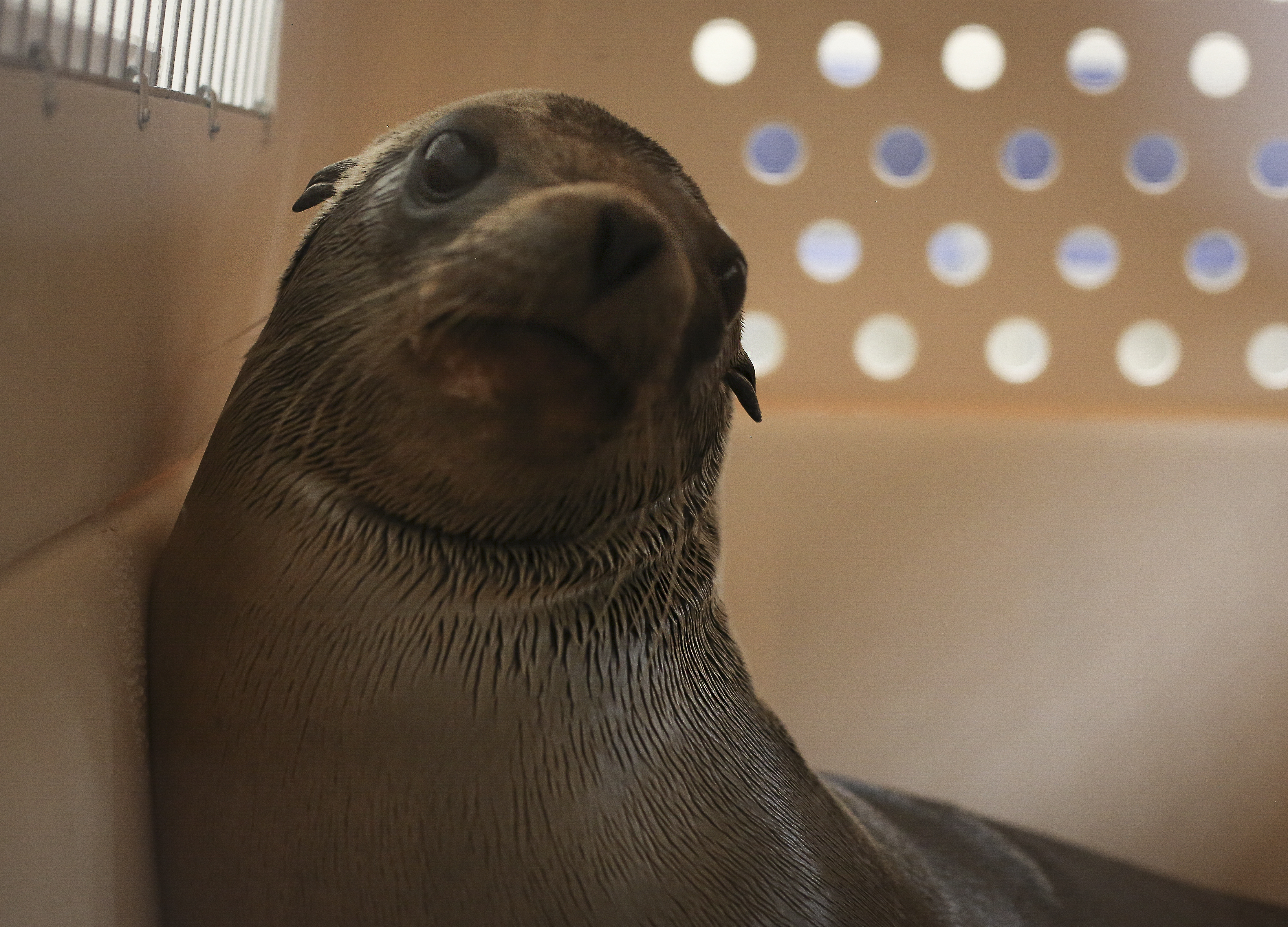
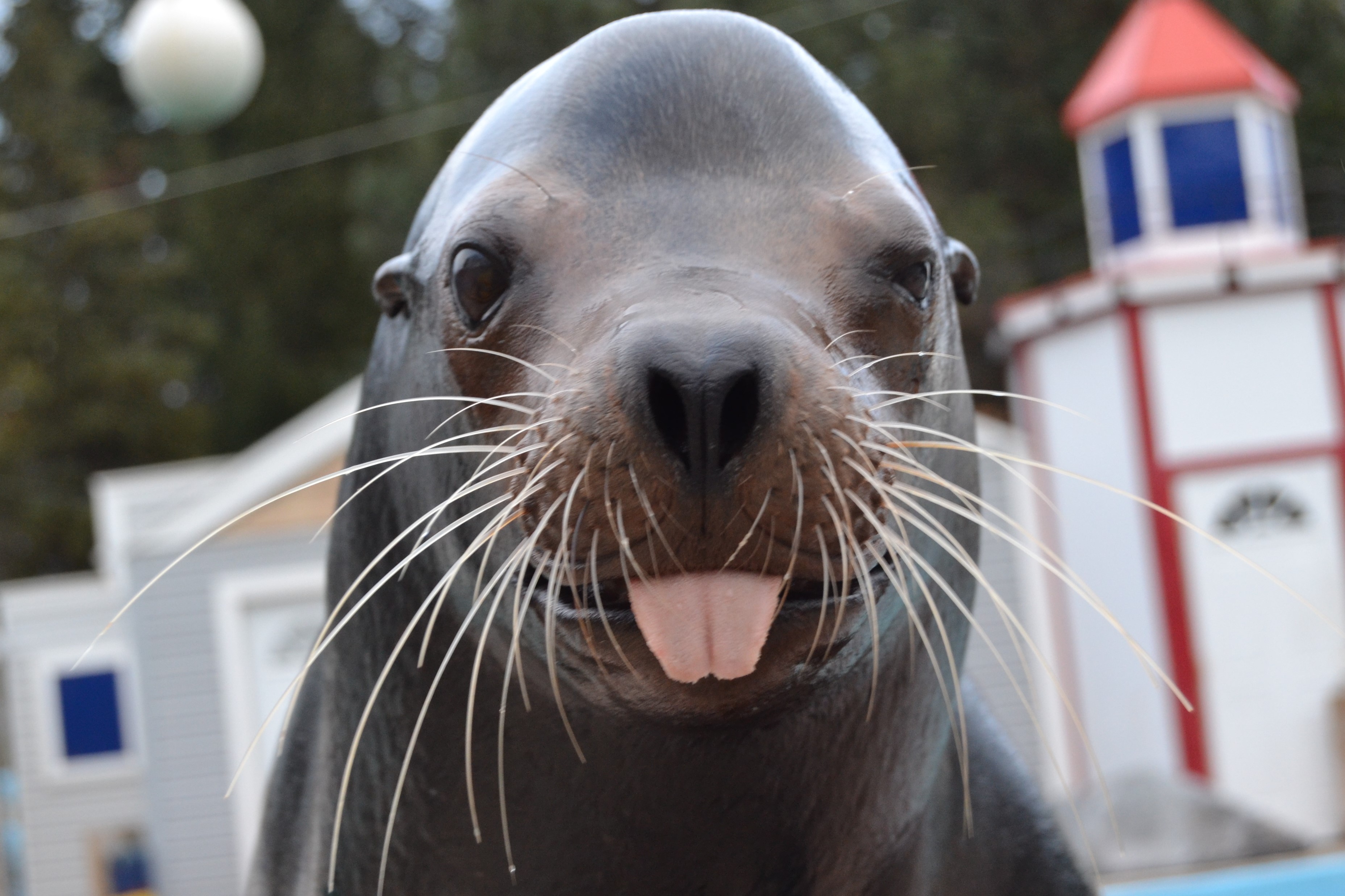
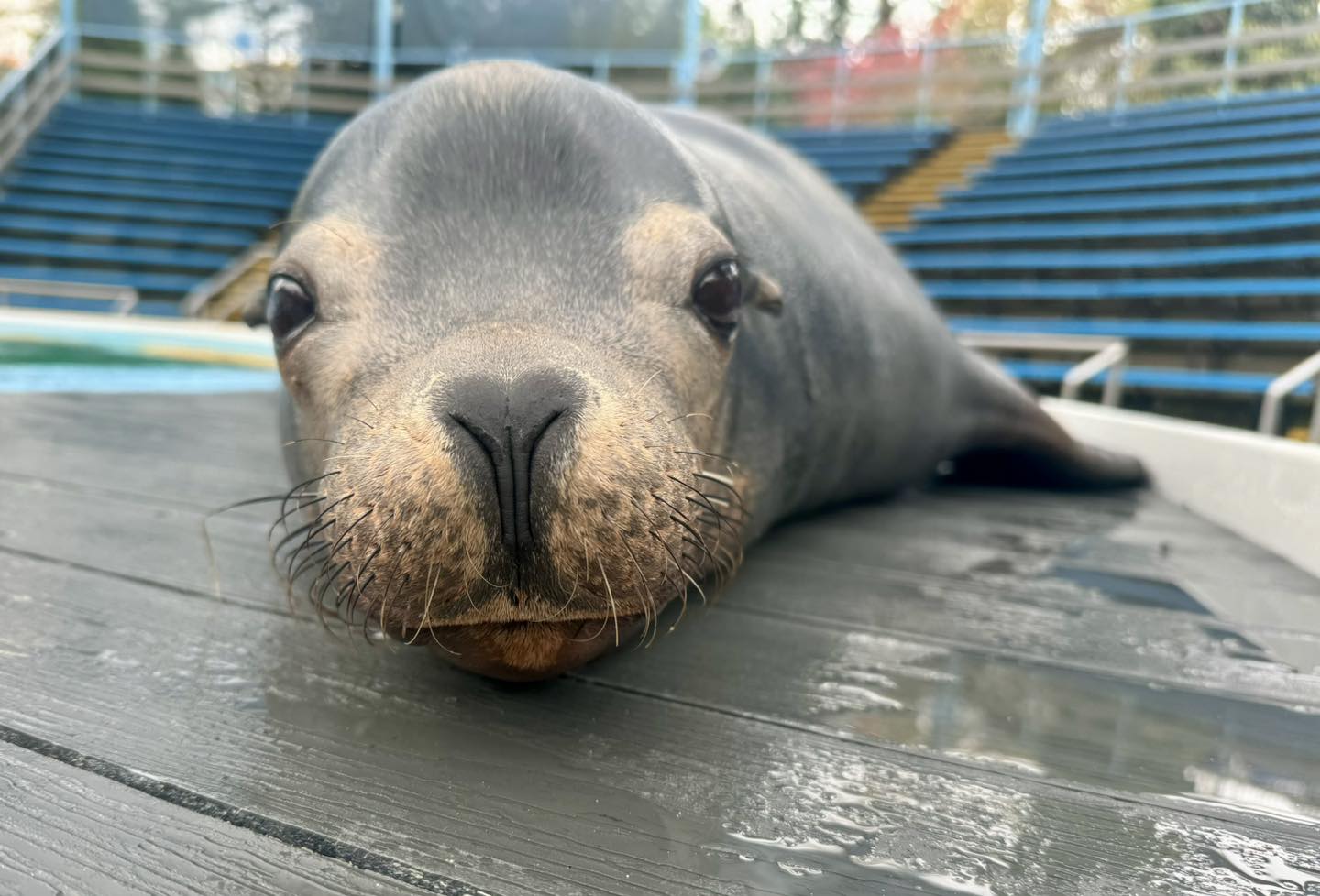 Meet Ripley!
Meet Ripley!

